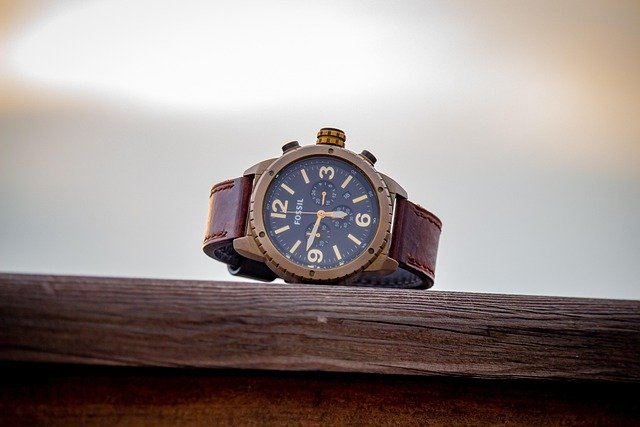Customization ethics: balancing personal marks and resale value
Personalizing wristwear adds meaningful connection to everyday pieces, but modifications can influence future resale potential. This article outlines ethical considerations for engraving, finishes, metals and coatings, closures and sizing, leather choices, hypoallergenic options, layering strategies, and repair practices to help owners balance personal expression with market integrity.

Wristwear personalization and engraving
Engraving is a direct way to make wristwear personal, but its permanence requires careful thought. Surface engravings on removable plates or inside clasps are usually less intrusive than deep marks on visible decorative surfaces. For vintage or collectible pieces, engraving can reduce provenance value; consult a specialist before altering hallmarks or maker stamps. Ethically, document any engraving, retain original parts when possible, and disclose modifications to future buyers to preserve transparency and trust in secondary markets.
Finishes, metals, and coatings: what to consider
Altering finishes or applying new coatings can refresh appearance and address issues like tarnish or skin sensitivity, yet these treatments can also hide original hallmarks or patina. Switching between metals or mixing alloys can change how pieces age and complicate assessment of authenticity. When refinishing, choose reversible or professionally documented treatments, and keep records of materials and processes used. Clear disclosure about coatings and metal changes helps potential buyers evaluate condition and origin.
Closures and sizing decisions
Closures and clasps are primary usability elements, and changes here often aim to improve comfort or security. Replacing an original closure with a modern mechanism may enhance daily wear but can lower desirability for collectors seeking original components. Sizing adjustments—removing or adding links or punching new strap holes—should be done carefully and with removed parts preserved. Request that local services return replaced components and provide documentation of the work to maintain options for restoration.
Leather choices and hypoallergenic options
Leather straps invite a wide range of customizations from dyeing and embossing to switching for synthetic or recycled alternatives. While these choices can improve comfort and align with sustainability values, they may age differently or complicate future replacements. Hypoallergenic coatings and alternative materials help those with sensitivities but should be applied in a way that is reversible or clearly disclosed. Ethical customization balances wearer health and sustainability without permanently compromising the item’s original character.
Layering and reversible personalization
Layering wristwear—combining bangles, chains, and leather bands—lets owners express individuality while limiting permanent alterations to any one item. Removable elements, such as clip-on charms or interchangeable straps, are preferable when preserving resale potential matters. Be mindful of how different finishes interact: metals can abrade or cause galvanic reactions when in contact, and coatings can wear unevenly. Favor reversible options and document any modifications to maintain transparency for future owners.
Repair, sustainability, and long-term resale
Careful repair extends the life of wristwear and supports sustainability, but repair methods influence resale. Repairs that use original-spec parts and professional techniques tend to preserve value better than improvised fixes. When repairs replace original components, retain the removed pieces and record repair details. Ethically minded owners weigh the environmental benefits of repair against potential impacts on originality, and they disclose repair histories so secondary-market buyers can make informed decisions.
Conclusion Ethical customization is a balance between personal expression and stewardship of an item’s long-term value. Favor reversible, well-documented changes; preserve original components when possible; and disclose any modifications or repairs to future owners. These practices respect both the wearer’s needs and the integrity of wristwear as objects that may circulate beyond a single lifetime.






